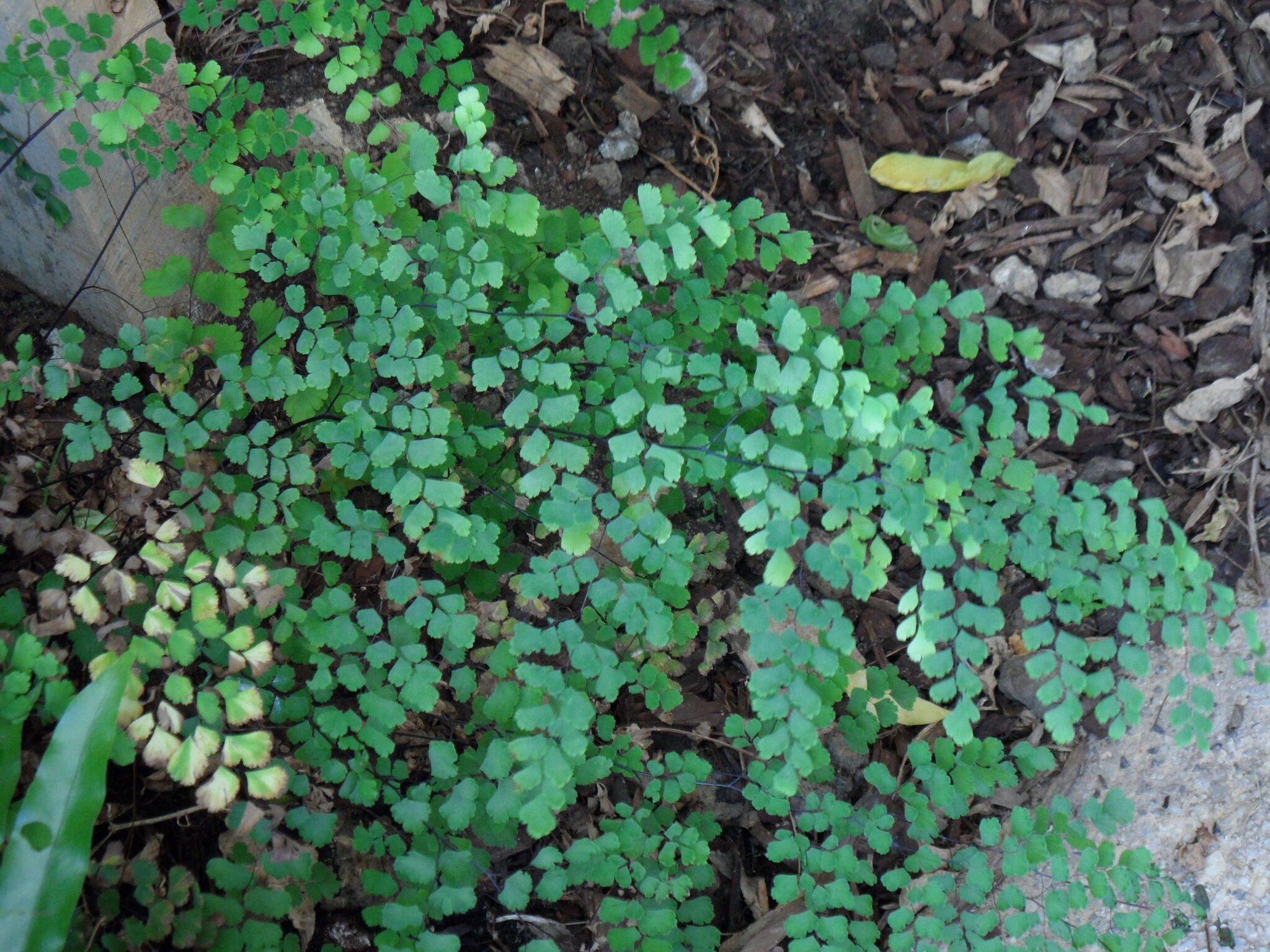
Terrestrial, lithophytic, or epiphytic ferns. Rhizome erect or short to long creeping, bearing scales (less often only hairs), the scales pale-edged. Fronds not articulated at rhizome, variable in shape and texture. Sterile and fertile fronds similar or different. Lamina simple (mostly vittarioids) to variously pinnate, or sometimes pedate, thin to leathery; veins free and forking or variously anastamosing and forming a reticulate pattern without included veinlets. Sori superficial, marginal, submarginal or intramarginal, without true indusium but sometimes covered by reflexed, modified flap or segment margin; sporangia along veins, clustered at ends of veins or borne on continuous vascular line connecting lateral vein endings; spores globose or tetrahedral.
Many species widely cultivated with attractive foliage.
The treatment here follows a recircumscribed concept of the family following Smith et al. (2006), and includes families (Adiantaceae, Vittariaceae) which were previously regarded as separate from Pteridaceae.
Subcosmopolitan (tropical and temperate regions). c. 50 genera, c. 950 species (Australia 15 genera and c. 61 species).
Fronds often soft-textured, often divided once and with false indusia in continuous bands along segment margins.
Smith, A.R., Pryer, K.M., Schuettpelz, E., Korall, P., Schneider, H. & Wolf, P.G. (2006). Taxon 55 (3):705-731.
Source: (1995). Pteridaceae. In: . Horticultural Flora of South-eastern Australia. Volume 1, Ferns, conifers & their allies. The identification of garden and cultivated plants. University of New South Wales Press.
Updated by: Val Stajsic, March 2018
